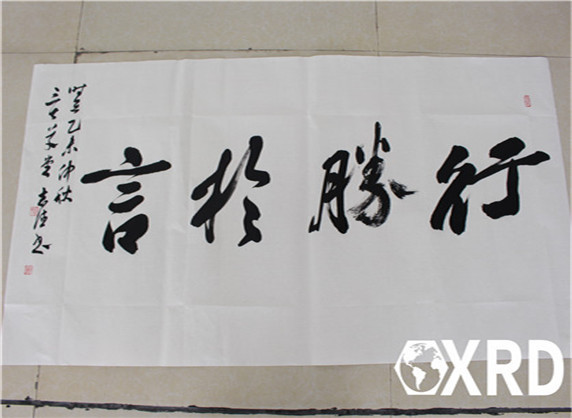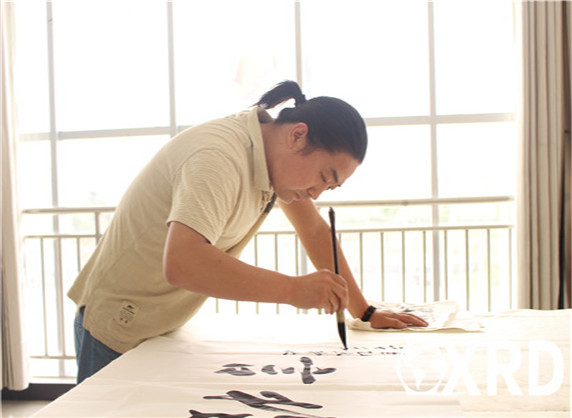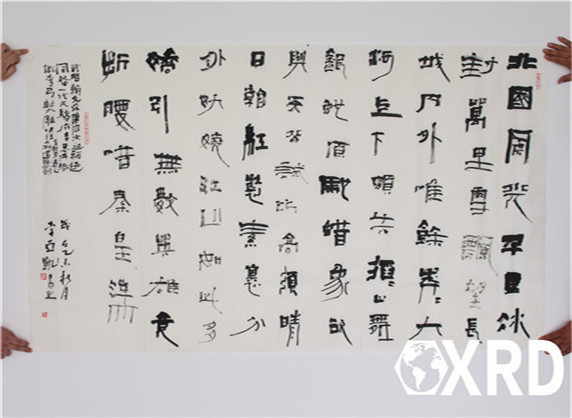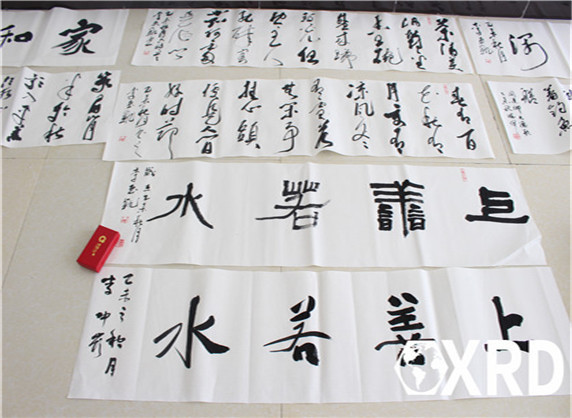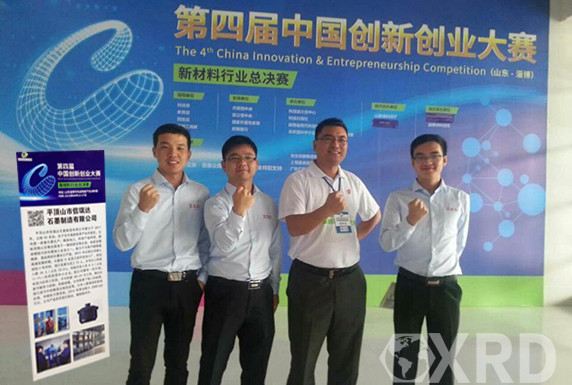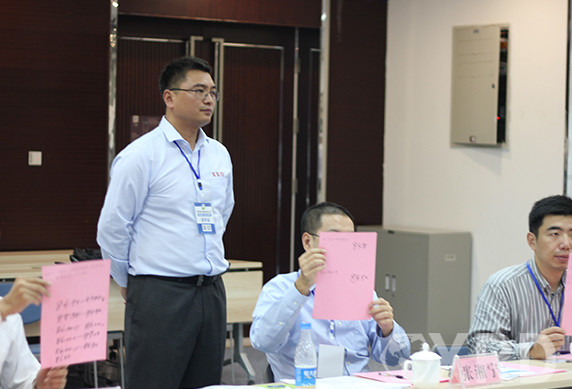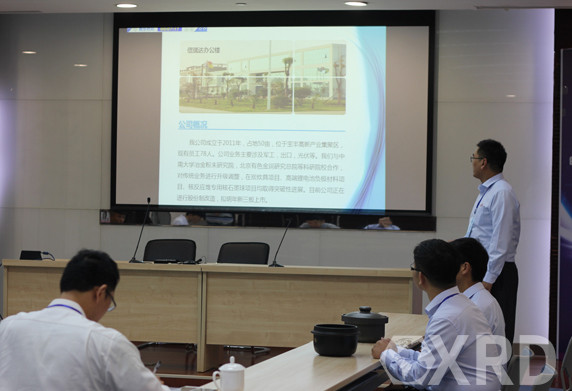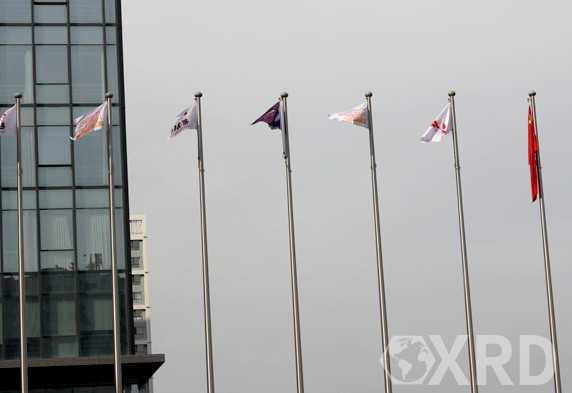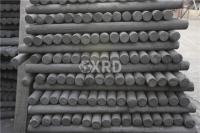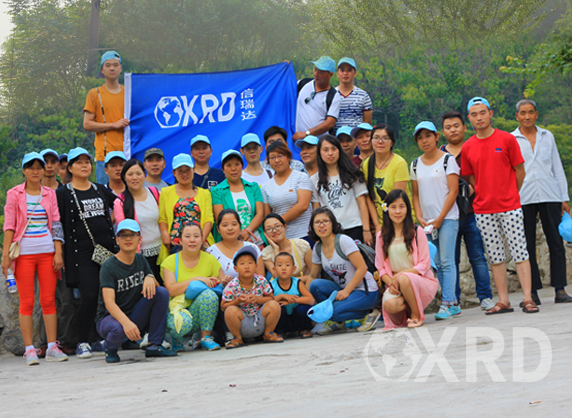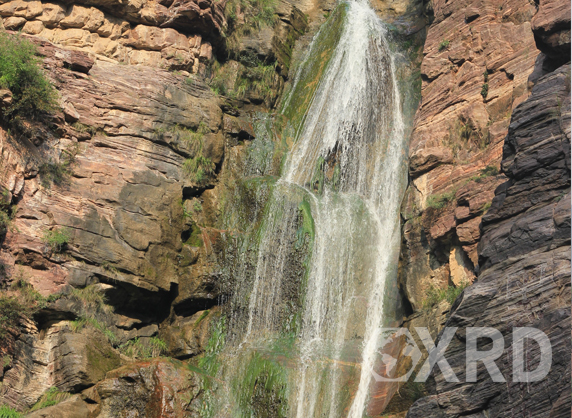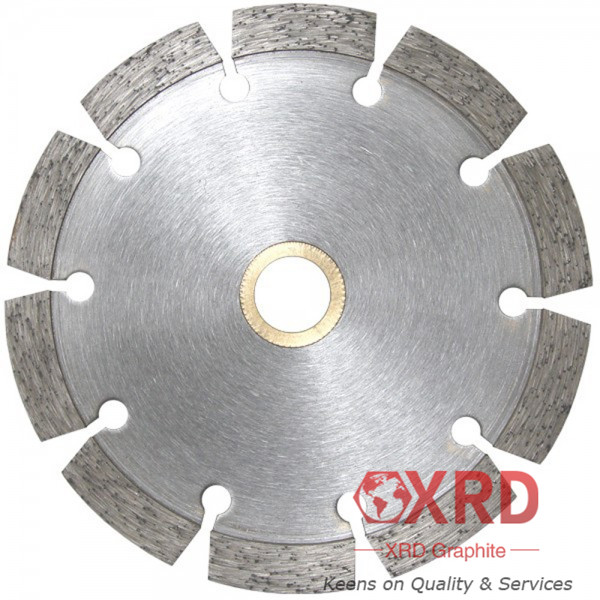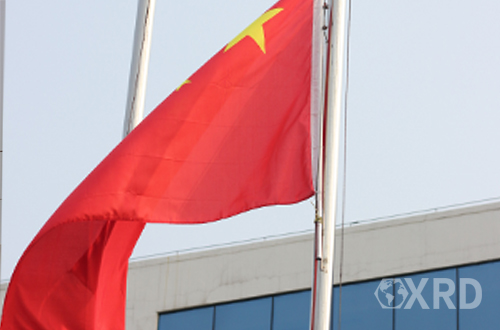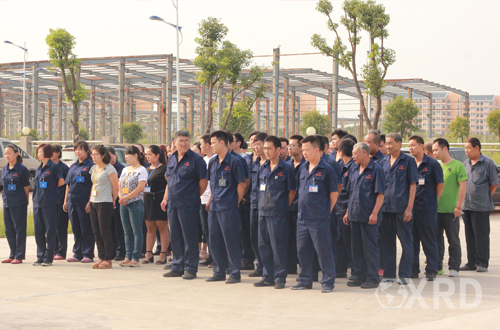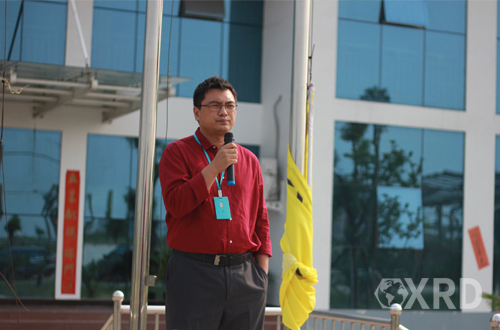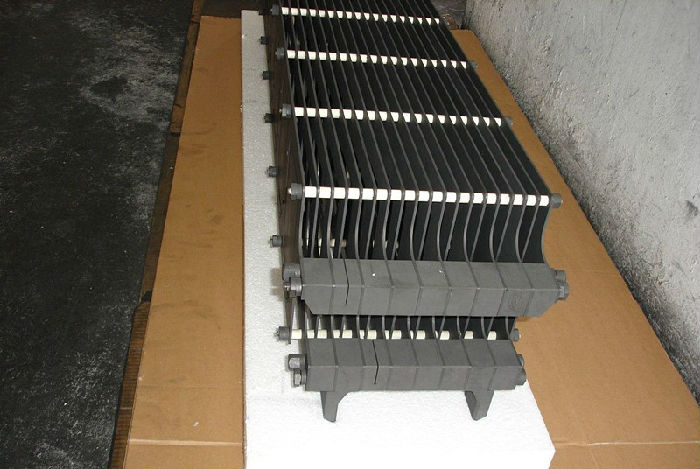Graphite and Diamonds are the only 2 naturally formed polymers of Carbon. The essential difference between the two is simply structure – Graphite is 2 dimensional where as Diamonds are 3. Graphite’s unique combination of planar structure, relatively pure carbon composition, and metamorphic origin give it valuable characteristics such as; being an excellent conductor of heat and electricity, having the highest natural strength and stiffness of any material and even the ability to maintain its strength and stability to temperatures in excess of 3,600OC. It is also very resistant to chemical attack. At the same time, it is one of the lightest of all reinforcing agents and has high natural lubricity. These powerful set of properties offer an incredible range of applications the commercial world has yet to see.

From its longstanding and unassuming place as the “lead” in pencils, recent discoveries, consumer demands and market readiness have this simple elemental form of Carbon now poised to revolutionize the way we live. The U.S., who is a 100% importer of graphite, has joined China and the European Union in classifying Graphite as a critical strategic material. Graphite demands are exploding as valuable and broad applications are being researched and developed daily from consumer electronics, green energy, medical, mining and even military applications. Imagine a cell phone so thin and flexible that you can roll it up and put it in your pocket, or printable electronics, or even an invisible cloak. This is the future of Graphite with some applications already in commercial production.
Graphite’s Traditional Demand
When one mentions Graphite, most people likely think of a pencil. An equal number would probably be surprised to know that pencils only account for about 14% of the world’s Graphite demand. Like Vanadium, traditional demand for graphite today is largely tied to the steel industry, which accounts for about 52% of total graphite demand.
Graphite and Steel
Since Graphite is an excellent conductor of heat; able to maintain its strength and stability to temperatures in excess of 3,600°C and is very resistant to chemical attack, it is ideal for various aspects of steel making;
as a liner for ladles and crucibles (used to hold molten metal)
as a component in bricks, which line furnaces (“refractories”)
as an agent to increase the carbon content (strength) of steel
in graphite electrodes, which are used exclusively in steel mills’ electric arc furnaces to help melt scrap metal
Industrial demand for graphite has been growing at about +5% per annum for most of this decade due to the ongoing industrialization in China, India and other emerging economies.
Graphite and Automotive Engineering
Because graphite is one of the lightest of all reinforcing agents and has high natural lubricity, it plays an integral role in automobiles. Graphite is a crucial material in cylinder heads, gaskets, clutch materials, exhaust systems and motors.
Graphite enabled the world to replace asbestos as the main component in disk brake pads and linings, while providing another benefit - quiet brakes.
Due to Graphite’s natural lubricity, it resists noise; so squeaky breaks have been greatly reduced.
Carbon Fiber Technology
Graphite is the key material for ultra lightweight carbon fiber reinforced plastics (CFRPs). Long employed in aerospace and Formula One racing, it is becoming increasingly important in the quest for lighter-weight materials to reduce fuel consumption and lower CO2 emissions in everyday vehicles.
In September 2011, Germany’s SGL Carbon Group, the world’s largest carbon graphite company and the exclusive supplier of brake pads to BMW, announced a joint venture with BMW Group to manufacture CFRPs for use in the new BMW i electric vehicles.
Carbon fiber technology will fundamentally change the car industry and German car manufacturers are already strengthening their focus on lightweight construction and the use of CFRPs. In November 2011, BMW acquired a 15.2% stake in SGL Carbon, just eight months after Volkswagen took a stake of almost 10% in the company.
Increasing Graphite Demands from Growing Market Applications
Graphite in Lithium Ion Batteries
Lithium (Li) ion batteries are smaller, lighter and more powerful than traditional batteries. They also have no memory effect and a very low rate of discharge when not in use. As a result, most portable consumer devices such as laptops, cell phones, MP3 players and digital cameras use Li ion batteries and they have now moved into power tools as well.
There are 2-3 10 kgs of graphite in the average hybrid electric vehicles (“HEV”) and 25-50 kgs in an electric vehicles (“EV”). President Obama’s target is to have one million EVs on the road in the US alone by 2015. In a recent research report, Canaccord estimated that incremental Li carbonate demand from Li ion batteries will reach 286,000 tonnes by 2020. That will require a six fold increase in annual flake graphite production to provide material for that many batteries. Historically, these batteries have been small and the resultant demand for metal is relatively small.
Graphite demand in Li ion batteries was estimated at 44,000 tonnes in 2008 or about 10 per cent of the flake graphite market. However, demand is increasing. Li ion batteries are now being used in HEV, plug in electric vehicles (“PEV”) and all EV’s where the batteries are large and the potential demand for graphite very significant.
While this has created a great deal of excitement in the lithium industry, the investment community is only now beginning to focus on other materials used in Li ion batteries and by weight, graphite is the second largest component. In fact, there is more than 10 times more graphite than lithium, in a lithium ion battery. Graphite is in a much stronger position than lithium carbonate as it is the anode material of choice for most battery designs. The anode requires a porous carbon material and graphite is the optimum match.
Only flake graphite which can be upgraded to 99.9% purity can be used to make the “spherical” or “potato” shaped graphite used in Li ion batteries. The process is expensive and wastes 70% of the feedstock of flake graphite. As a result, spherical graphite currently sells for between $4-6,000/tonne or more than twice the price of high quality flake graphite.
Almost all Li ion battery manufacturing currently takes place in Asia. However, battery manufacturing has become an important priority for the Obama administration due to the decline in the US domestic car industry. The recent congressional stimulus bill includes tens of billions of dollars in loans, grants, and tax incentives for battery, HEV research and manufacture to jump-start US industry. Michigan has awarded $544M in tax credits to four Li ion battery companies with plans to invest more than $1.7 billion in manufacturing facilities. Public companies are also raising their own funds for Li Manufacturing; A123 Systems, which designs and manufactures Li ion batteries and systems, raised $428.3 MM in an over-subscribed IPO on NASDAQ in September 2009.
Graphite in Fuel Cells
Bi polar plates, which are a major component of fuel cells, are made from medium to coarse, high purity flake graphite.
While batteries store electrical energy for subsequent use, fuel cells also generate electricity through chemical reactions and therefore need to be periodically “refuelled”. Fuel cells can be used in both stationary and mobile applications and use substantially more graphite than lithium ion batteries. Fuel cells are reliable, have no moving parts, and are long lasting, which means they have very low maintenance. Since they have no moving parts they produce little or no waste products and are very quiet, eliminating noise pollution. Fuel cells are also much more efficient than combustion engines in converting fuel to energy.
According to xrdcarbon.com, “there are many uses for fuel cells right now and all of the major automakers are working to commercialize a fuel cell car. Fuel cells are powering buses, boats, trains, planes, scooters, forklifts, even bicycles. There are fuel cell-powered vending machines, vacuum
cleaners and highway road signs. Miniature fuel cells for cellular phones, laptop computers and portable electronics are on their way to market. Hospitals, credit card centers, police stations, and banks are all using fuel cells to provide emergency power to their facilities. Wastewater treatment plants and landfills are using fuel cells to convert the methane gas they produce into electricity. Telecommunications companies are installing fuel cells at cell phone, radio and 911 towers.”
Graphite in Pebble Bed Nuclear Reactors
According to the United States Geological Survey, fuel cells have the potential to consume as much graphite as all other uses combined. There is 80 kg of Graphite in each fuel cell vehicle. There are a number of different types of fuel cells under development although the proton exchange membrane technology (“PEM”) is the only one that uses large quantities of graphite and could create significant demand. However, the US Department of Energy suggests that PEM cells are the most likely to be developed for use in light vehicles, buildings and smaller applications. Some auto manufacturers are stating that fuel cell vehicles will soon be commercialized, Toyota states that “it sees a clear path to commercial production by 2015.”
A Pebble Bed Nuclear Reactor (“PBMR”) is a small, modular nuclear reactor. The fuel is uranium imbedded in graphite balls the size of tennis balls. PBMRs have a number of advantages over large traditional reactors in addition to their lower capital and operating costs. First, they use an inert gas rather than water as a coolant. Therefore, they do not need the large, complex water cooling systems of conventional reactors and the inert gases do not dissolve and carry contaminants. Second, its passive safety removes the need for redundant active safety systems. In other words, a PBMR cools naturally when it is shut down. Finally, PBMRs operate at higher temperatures which make more efficient use of fuel as they can directly heat fluids for low pressure gas turbines.
The first prototype is operating in China and the country has firm plans to build 30 by 2020. China ultimately plans to build up to 300 gigawatts of reactors and PBMRs are a major part of the strategy. They are one of china’s top 16 priorities in the 2006-2020 plan. Small, modular reactors are also very attractive to small population centers or large and especially remote industrial applications. Companies such as Hitachi are currently working on turnkey solutions. Researchers at West Virginia University estimate that 500 new 100 GW pebble reactors will be installed in the US by 2020 with an estimated graphite requirement of 400,000 tonnes. This alone is equal to the world’s current annual production of flake graphite without taking into account PBMR demand from the rest of the worlds growing industrial demand and growing demand from other applications such as Li ion batteries. It is estimated that every 1,000 MW of PBMR capacity requires 3,000 tonnes of graphite at start up and 600-1,000 tonnes per year to operate.
Graphite Markets
Tight Supply
World production of graphite is about 1.1 million tonnes per year (Mtpy), which is almost as large as the nickel market (1.3 Mtpy), far larger than the markets for magnesium (429 Mtpy), molybdenum (180 Mtpy) or tungsten (55 Mtpy), and more than 50 times the size of the lithium or rare earth markets.
Depending upon the mode of occurrence and origin, natural Graphite is graded into 3 forms: Flake, Amorphous and Lump.
60% - 70% of the world’s graphite supply is amorphous (fine or powder) and is used for traditional purposes such as automotive and steel making.
30% - 40% is flake, which is essential for producing batteries, specifically lithium-ion, and for use in consumer electronics.
Although synthetic graphite can also produce a high grade, it is an expensive process made from petroleum coke.
China currently produces around 75% of the world’s graphite or about 800,000 tonnes of the estimated 1.1 Mt produced in calendar 2010.
This year, the British Geological Survey listed Graphite, along with Antimony and Rare Earths, as most at risk of a global supply disruption.
Graphite had a relative supply risk index of 7, compared with 8.5 for antimony, the highest value on the index.
The China Factor
Despite producing 75% of the world’s graphite, most of its resources are lower grade amorphous. China is now the biggest importer of graphite and has closed state-owned enterprises this year to preserve its graphite resources. It has imposed a 20% export duty plus a 17% VAT, and instituted an
export licensing system to ensure supply to China’s domestic economy.
Robust Demand
Annual graphite demand is expected to increase by +50% from 1.1 million tonnes to 1.5 million tonnes by 2020 based on the steel market alone. Demand from batteries and high-tech applications are projected to be dramatic. Lithium-ion batteries are projected to more than double the demand for
graphite to about 2.6 million tonnes by 2020. Industry analysts predict the discovery of Graphene will be a major driver of Graphite demand
Pricing
Graphite prices are a function of 2 factors - flake size and purity - with large flake (+80 mesh), high Carbon (+94%) varieties commanding premium
pricing.
Graphite prices are a function of 2 factors - flake size and purity - with large flake (+80 mesh), high Carbon (+94%) varieties commanding premium pricing.
Like Uranium, there is a posted price for Graphite which provides a guideline with respect to longer term trends but transactions are largely based on direct negotiations between the buyer and seller.
Prices exceeded USD$1,300/t in the late 80s but crashed to US$600-750t in the 90s as Chinese producers dumped product on the market. During this period there was essentially no exploration and as a result there are very few projects in the development pipeline.

Graphite prices started to recover in 2005 and with average growth rates of 5% per annum over the past decade, they have almost tripled since then and have well surpassed US$1,300/t with premium product rumoured to be selling at up to $3,000/t as the supply of large flake, high carbon graphite is tight. Price appreciation is largely a function of the commodity super cycle and the industrialization of emerging economies as new, high growth applications such as Li ion batteries are only beginning to have an impact on demand and consumption. Graphite prices have still not yet experienced the price appreciation of other commodities and graphite must still be considered an overlooked and undervalued commodity in the context of the current super cycle.
New applications such as lithium-ion batteries, fuel cells and nuclear power have the potential to create significant, incremental demand growth in the future. For example, it takes 20 to 30 times more graphite than lithium to make lithium-ion batteries. The use of li-ion batteries is growing rapidly in consumer electronics, they are now becoming popular in power tools and motor scooters, and growth will continue with the increased use of hybrid and all electric vehicles.
Growth Potential
The “blue sky” for the graphite industry is the incremental demand that will be created by a number of green initiatives including Li ion batteries, fuel cells, solar energy, semi conductors, and nuclear energy. Many of these applications have the potential to consume more graphite than all current uses combined. On the heels of these applications already in commercial use is the recent discovery of Graphene, a form of Graphite whose unique set of properties will change the way we live and launch the demand for high quality Flake Graphite into the stratosphere.
With China creating serious supply concerns for the rest of the world, limited worldwide exploration and few potential development projects on the horizon, Energizer and its Green Giant project in Madagascar is well positioned to supply both traditional and rapidly growing high tech/clean tech
markets with the high quality and high purity (>99.5%) large flake graphite that is being demanded by these applications.
